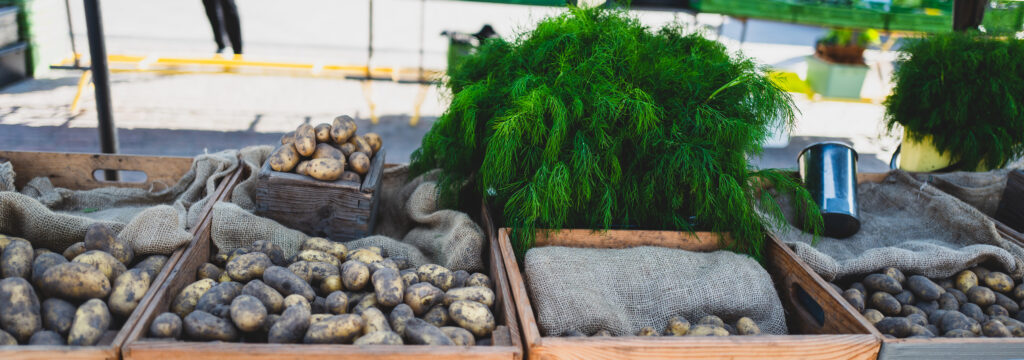Transform your indoor space into a productive vegetable garden that provides fresh produce throughout the year. Indoor vegetable gardening allows you to grow nutritious food regardless of climate or season, bringing the joy of harvesting fresh vegetables right to your kitchen. This guide explores essential techniques and strategies for successful year-round indoor vegetable production.
Planning Your Indoor Garden
Success in indoor vegetable gardening starts with thoughtful planning. Consider available space, light conditions, and your family’s vegetable preferences when designing your garden. Different vegetables require varying amounts of space and care, so start with easily grown varieties like leafy greens, herbs, and compact root vegetables. Create growing zones based on plant requirements, grouping those with similar needs together.
Essential Growing Conditions
Indoor vegetables thrive when provided with proper growing conditions. Most vegetables need at least six hours of direct light equivalent daily, whether from windows or grow lights. Maintain temperatures between 65-75°F during the day and slightly cooler at night. Good air circulation prevents disease problems while strengthening plants. Monitor humidity levels, using humidifiers or humidity trays when needed.
Choosing Growing Methods
Several growing methods work well for indoor vegetables. Traditional container gardening offers flexibility and simplicity, while hydroponic systems provide efficient space use and faster growth. Self-watering containers help maintain consistent moisture levels, particularly beneficial for busy gardeners. Vertical growing systems maximize space utilization, allowing more plants in limited areas.

Light Management
Proper lighting proves crucial for indoor vegetable success. South-facing windows provide optimal natural light, though most indoor gardens benefit from supplemental lighting. LED grow lights offer energy-efficient full-spectrum illumination essential for plant growth. Position lights adjustably to accommodate different plant heights and growth stages. Create light schedules mimicking natural day lengths for optimal plant development.
Container Selection
Choose containers suited to your selected vegetables. Deep-rooted plants like tomatoes and peppers need at least 12-inch depth, while leafy greens manage in shallower containers. Ensure all containers provide adequate drainage and use saucers to protect surfaces. Consider self-watering containers for consistent moisture levels. Select container sizes appropriate for mature plant dimensions.
Soil and Nutrition
Use high-quality potting mix specifically formulated for vegetables. Regular garden soil proves too heavy for container growing and may harbor diseases. Incorporate organic matter and slow-release fertilizers when planting. Monitor soil moisture levels carefully, as container plants dry out more quickly than garden plants. Feed regularly with balanced organic fertilizers to maintain healthy growth and production.
Water Management
Consistent moisture proves essential for indoor vegetable success. Water thoroughly when the top inch of soil feels dry, ensuring water flows through drainage holes. Use room temperature water to prevent root shock. Consider installing drip irrigation or self-watering systems for consistent moisture delivery. Monitor drainage and adjust watering frequency based on plant needs and environmental conditions.
Space-Saving Techniques
Maximize growing space through vertical gardening techniques. Install wall-mounted planters or shelving systems to increase growing area. Use trellises and supports for vining crops like peas and cucumbers. Consider rotating crops seasonally to maintain continuous production. Utilize window areas effectively by installing glass shelves or hanging systems.
Year-Round Production Planning
Maintain continuous harvests through succession planting strategies. Start new plants regularly to replace those finishing production. Plan crop rotations to maintain soil health and prevent pest problems. Consider seasonal light changes when selecting varieties and adjusting care routines. Keep records of planting dates and harvest times to optimize your growing schedule.
Managing Common Challenges
Address indoor growing challenges proactively. Monitor for pest problems regularly, addressing issues promptly with appropriate organic controls. Maintain good air circulation to prevent fungal diseases. Hand-pollinate flowering vegetables using small brushes or electronic pollinators. Prune plants as needed to maintain manageable size and encourage productive growth.
Seasonal Growing Selections
Adapt your plant selections seasonally for best results. Focus on leafy greens and herbs during lower-light winter months. Grow fruiting crops like tomatoes and peppers when natural light levels increase. Consider microgreens for quick harvests throughout the year. Choose compact varieties bred specifically for container growing.
Harvesting Guidelines
Harvest vegetables regularly to encourage continued production. Pick leafy greens from outer leaves while allowing centers to continue growing. Monitor fruiting vegetables for proper ripeness before harvesting. Process or preserve excess produce during peak production periods. Maintain clean cutting tools to prevent disease spread between plants.
Environmental Management
Create optimal growing environments through careful climate control. Use fans to maintain air circulation without creating strong drafts. Monitor temperature variations throughout the day and season. Adjust humidity levels through misting or dehumidification as needed. Create microenvironments suited to different plant needs using varying container placements and care techniques.
Your indoor vegetable garden provides fresh, nutritious produce while offering year-round growing enjoyment. Through careful planning and regular attention to plant needs, you can maintain productive indoor gardens regardless of outdoor conditions. Remember that successful indoor vegetable gardening requires patience and observation, allowing you to adjust techniques based on your specific growing environment.




